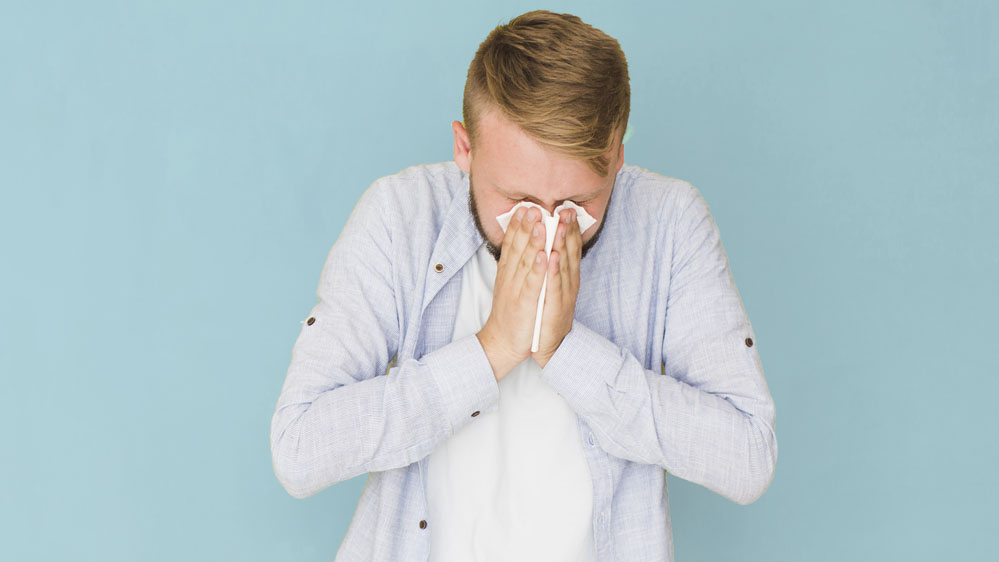
An upper respiratory infection (URI) affects the nose, throat, and airways, leading to symptoms such as congestion, sore throat, coughing, and sneezing. URIs are usually caused by viruses but can sometimes be bacterial. They are highly contagious and commonly occur in cold seasons. Proper management of symptoms and understanding when to seek medical attention are […]
An upper respiratory infection (URI) is an infection that involves the upper part of the respiratory system, including the nasal passages, sinuses, pharynx, and larynx. Common types of URIs include the common cold, sinusitis, pharyngitis, and laryngitis. URIs are typically caused by viruses such as rhinoviruses, adenoviruses, or influenza viruses, though bacteria can also be responsible.
Diagnosing and treating a URI typically involves several steps:
Nebulizers are often used for lower respiratory conditions like asthma or bronchitis, but upper respiratory infections are managed with other methods, including:
Understanding the causes and treatment options for upper respiratory infections can help individuals manage their symptoms effectively and reduce the duration of the illness. If symptoms are severe or persistent, or if there are signs of complications, seek medical advice promptly.
© 2021-2025 Jackson Urgent Care. All Rights Reserved. Made With Love by Ignite Marketing Agency.